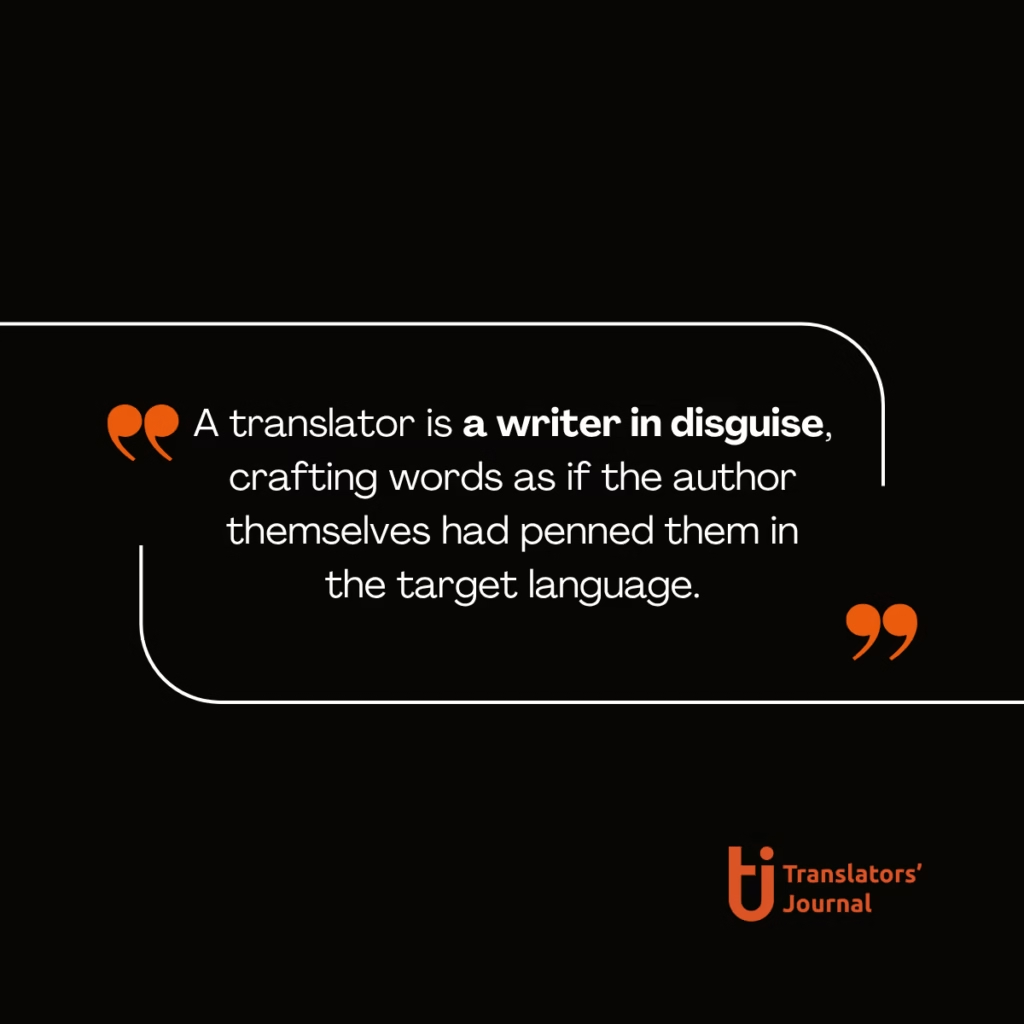Freelance translators rarely treat themselves as brands.
That’s why not many translators maintain a personal website to offer their services. Most rely on platforms like ProZ, Upwork, or agencies. Even those who build a website often leave it static.
And the biggest misconception? A translator’s world is too boring to talk about and a translator is just a translator!
But that’s far from the truth. Your world revolves around words, languages, and meanings. You deal with topics few people ever touch. Yours is an interesting and diverse world.
When you write and share publicly, you open up that diverse experience to others. Over time, that visibility turns into authority. You explore culture, tone, and nuance daily. And that’s fascinating.
Blogging is no longer optional. It’s a quiet but powerful way to build credibility, attract clients, and control your professional story.
What Is a Portfolio Site?
A portfolio website is a personal or professional website that showcases your work, expertise, and achievements. It is your digital storefront. This is where you can share your professional identity, work samples, and credibility together with the world.
It’s not just a gallery of your projects. It’s a strategic personal brand hub that shows:
- Who you are
- What you do
- How well you do it
- Why someone should trust or hire you
What a Translator’s Portfolio Website Usually Looks Like
Most translator websites tend to look like simple digital resumes. They often include:
- a homepage
- an about page
- a service page
- and a contact page.
That’s it!
While this covers the basics, it’s often too minimal to convert visitors into an audience let alone clients. There’s no personality, no proof, and no content showing why the translator is worth hiring. It’s like having a shop with your name on the door but nothing inside to browse.
What a Translator’s Portfolio Website Should Look Like
First of all, your website shouldn’t feel like a résumé. Because, your portfolio website is not your résumé.
It should feel like a living, breathing portfolio of your work. It is where you show how you think, not just what you’ve done.
A translator is:
- A writer
- A reader
- A curious person
Let that come through your blog. Write about the things you read, notice, and learn through your work. Bring your process, discoveries, and reflections into public view. Make your blogs not about boasting; but about connecting with people. We believe translators are highly likely to succeed with their own blog.
In What Language Should You Blog?
A more interesting and engaging approach is to blog in the language you translate into. Simple. Write in your target language. Don’t worry about getting clients. Just enjoy the process of building an audience and make sure that audience grows in your target language.
A more interesting and practical approach is to blog in the language(s) you translate into. Simple. Write in your target languages. Don’t worry about getting clients right away. Just enjoy the process of building an audience — and make sure that audience grows in your target language.
When you write in your target language that gives your an authority. It also naturally attracts readers (and potential clients) who operate in those languages.
But again there’s no fixed rule. It’s also a good idea to write in the language of your clients which is often your source language. Whatever approach you take just make sure you stay consistent. Don’t make it random.
Writing in your target language will probably help you enjoy the process more, improve your writing skills, and give you a competitive advantage. This approach will ultimately help you reach a broader secondary audience while also getting noticed by real clients. So, perhaps this is best for the long term.
If you write in your source language, you’re likely to build a smaller audience — but one that’s more likely to turn into clients. You can stick to one language or blog in multiple languages; both paths work.
Just focus on building an audience, not chasing clients. When people find your writing valuable, clients will follow.
In What Format Should You Create Content?
You’re a translator! Writing is your craft. So yes, you should write. But remember: people online don’t read — they scan. If you write like an academic paper, they’ll leave halfway through the introduction.
Keep it simple, practical, and human.
We highly recommend Jakob Nielsen’s article on how users read on the web. It’s short, insightful, and will forever change the way you write online.

Where and How to Distribute Your Blog
Publishing on your own domain (e.g., yourname.com/blog) is non-negotiable. It builds SEO authority and ensures you own your content.
But don’t stop there. Each piece of content you publish can travel far:
- Share posts on LinkedIn or X (Twitter).
- Cross-link your posts on ProZ or other profiles
- Include a link in your email signature.
- Reuse your blog content as LinkedIn posts, newsletters, or carousels.
How to Turn Your Portfolio into a Growth Engine
Blogging doesn’t have to be complicated. Here’s a simple roadmap:
- Set Up Your Platform: Add a Blog section to your site — under your own domain, not a free subdomain.
- Pick Your Themes: Choose 2–3 content pillars around your specialization or interests. Mix professional topics with personal curiosity.
- Create a Writing Habit: Write short, consistent posts. One per week = 50 per year — more than enough to build momentum.
- Optimize for Discovery: Use keywords naturally. Add internal links to your services or contact page.
- Promote Your Posts: Share highlights on LinkedIn, in translator communities, or your email newsletter. Promotion is part of the process — not self-promotion, but service.
- Iterate and Expand: Each post compounds. Later, you can turn your best content into: Comprehensive guides, newsletters, ebooks, etc. Every article becomes a career asset.
The Translator’s Future: From Service Provider to Solopreneur
The future of translation isn’t just about human vs. machine. It’s about translators who create. Machines can replicate words — not voice, curiosity, or personality.
When you publish consistently, you become more than a vendor. You become a solopreneur — someone who attracts opportunities through originality.
Clients don’t hire a translator. They hire you, with your unique tone, worldview, and niche expertise. AI might translate faster, but it can’t replace the human behind the nuance. That’s your unshakable edge.
Common Mistakes to Avoid
Keep it human, practical, and personal. Avoid these pitfalls that derail most translator blogs:
- Writing only for other translators instead of potential clients.
- Ignoring SEO or not optimizing titles.
- Posting inconsistently.
- Turning every post into self-promotion.
- Overcomplicating the design
Blogging as a Translator Is a Career Investment
Blogging is more than marketing — it’s proof of expertise. Each article you publish becomes a long-term career asset.
Each post signals that you:
- Think clearly.
- Communicate well.
- Care about your craft.
And most importantly it shifts your mindset from service provider to solopreneur.
Your blog isn’t about vanity. It’s about visibility. You are helping the world find you, not just your services. Let your words work for you, even while you sleep.
Want to turn your website into a client magnet? Read our guide on building an audience that values you as a translator.


